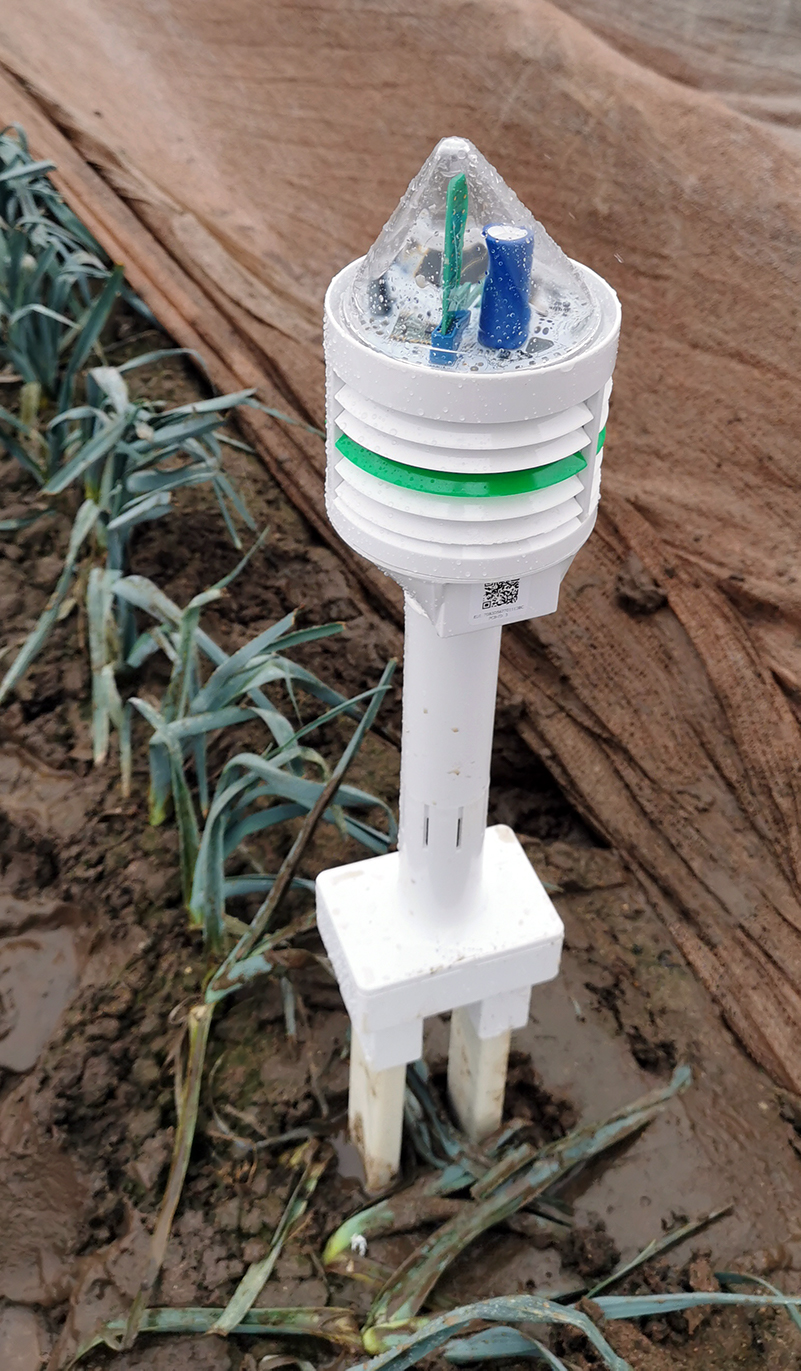Initial situation
Regulations such as the Bavarian Ordinance on Special Requirements Governing the Use of Fertilizers (AVDüv) or the Bavarian Act for the Protection of Biodiversity present farmers with major challenges. Currently, soil samples are taken every spring and analyzed, but these soil analyses are expensive and take a lot of time. To ensure the accuracy of the analysis and of the subsequent nitrogen fertilizer recommendation, it is important to observe precise restrictions regarding the transport temperature of the soil samples, as otherwise nitrogen will continue to be mineralized by the soil bacteria and ultimately a higher nitrate and ammonium content will be measured than is present in the ground. This would lead to a situation whereby too little added nitrogen is indicated in the subsequent nitrogen fertilizer recommendation, which could result in crops not getting enough nourishment. Because of this complicated process, systems capable of analyzing nitration in soil samples on-site in a quick, straightforward manner and electronically transmitting the results are of great potential benefit.
Furthermore, irrigation has been standard practice in German open-field vegetable cultivation when the water yield from precipitation is insufficient. Supplying the incorrect amount of water, whether too much or too little, leads to lower yields. Knowing the current water content in the ground is therefore of major importance for efficient agriculture. This knowledge would enable farmers to precisely control the irrigation of their fields at any time. Not only would this help reduce water consumption, but it would also mean smaller quantities of nutrients being washed out of soils and less nitrate being rinsed into the groundwater.
Solution
As part of the Soil Sensor Technology subproject of FutureIOT, inexpensive sensor systems were inserted into the ground at various soil depths at several locations within the Bavarian vegetable growing region known as Garlic Country. Developed by project partner LIKE, these sensor systems measure the concentrations of nitrate and ammonium ions in suspended soil samples on-site and in real time. The receiver antennas of the LPWAN radio technology mioty® installed in Tennenlohe and Nuremberg receive data from the buried soil moisture sensors at intervals of 30 to 60 minutes. This sensor data is then worked into graphic form via the IoT platform and made available to the subproject partners.
In addition to the sensor data supplied, machine learning approaches are used to take current and historical weather data and forecasts, satellite data and application data from a nursery, and imaging data of the field captured via drone or camera, and integrate this information into the processing and analysis. As their main focus, the machine learning experts from Fraunhofer IIS are concentrating on exploratory data analysis and the creation of data-driven models for the prediction of soil moisture and nutrient content.
Benefits
The solutions developed by the FutureIOT joint research project and Fraunhofer IIS for the continuous, spatially resolved recording of soil parameters helps farmers monitor their soils in a way that is easy and cost-effective and that saves time, while also meeting the documentation requirements imposed by regulatory authorities. This decreases the use of fertilizer to the exact levels needed, reduces nitrate pollution and ensures that water is used sparingly and intelligently so as to conserve this increasingly scarce resource. Not only does this go a long way toward protecting biodiversity, but it also saves farmers time and money.


